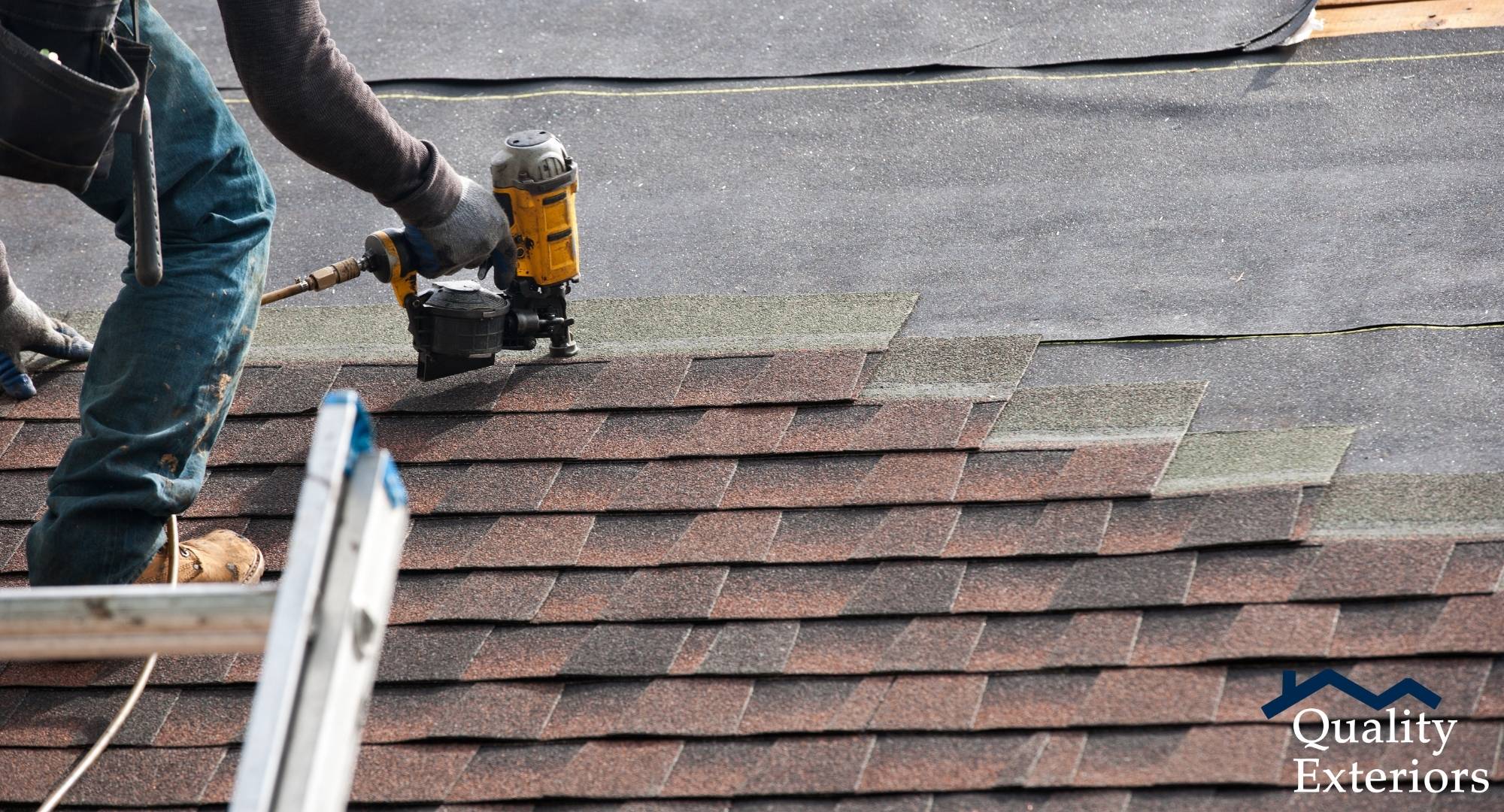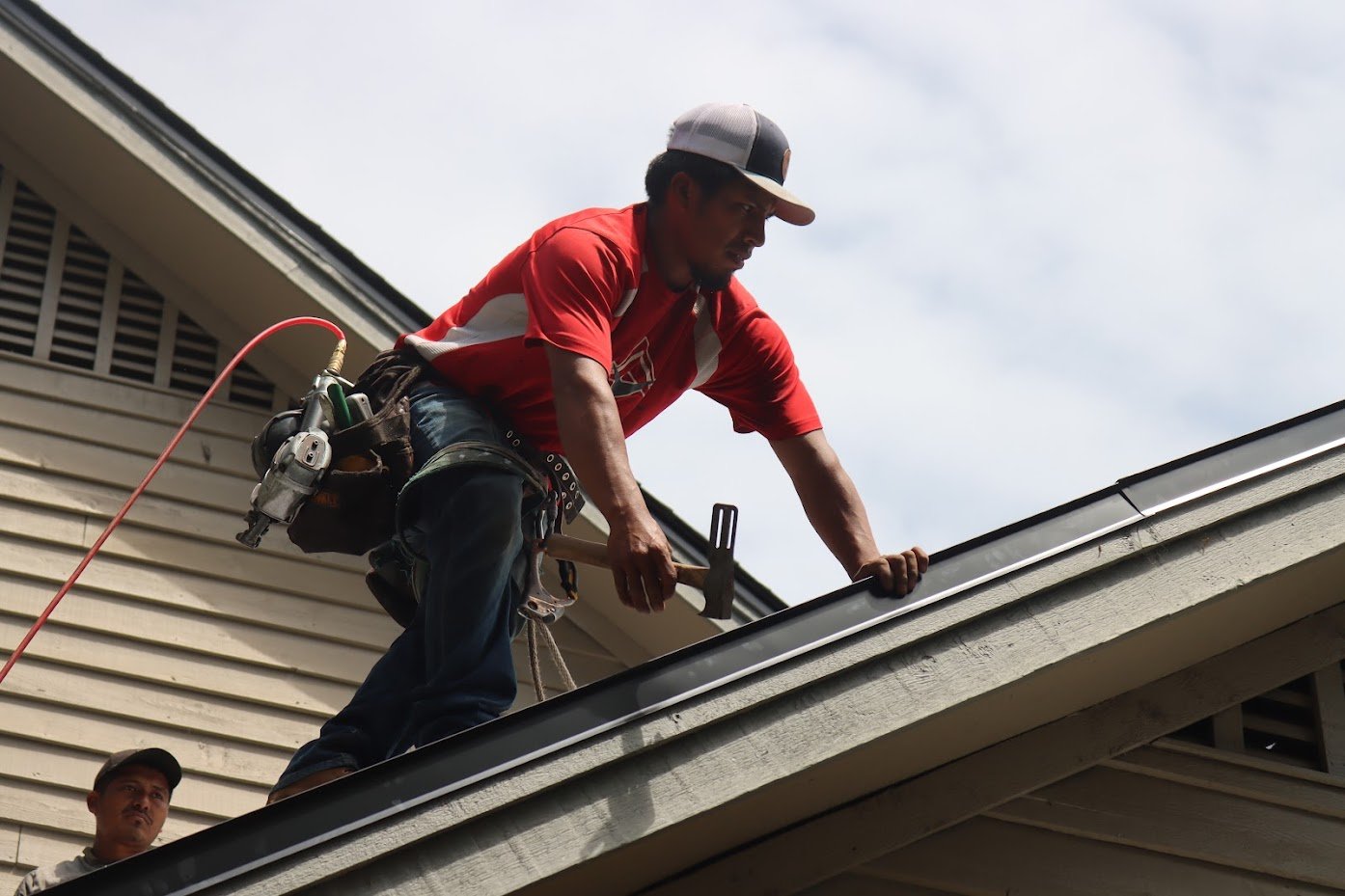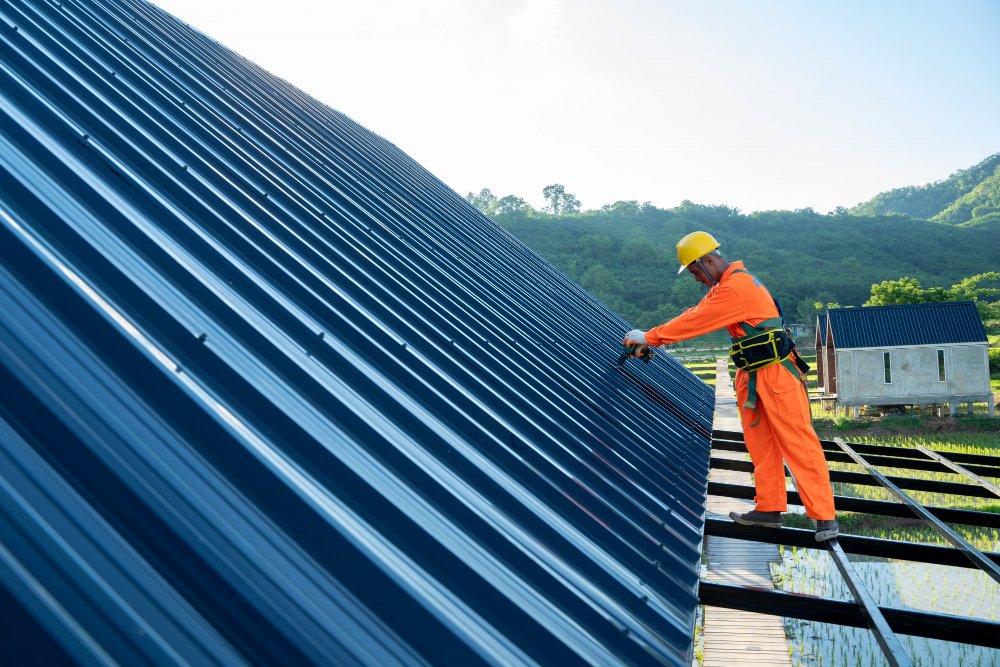Sturdy Beachside Roof Covering Solutions for Coastal Residences
Coastal homes encounter special roof covering challenges as a result of their exposure to salt spray, high winds, and moisture. Selecting long lasting materials such as metal or tile can considerably enhance a roof's resilience against these aspects. Nevertheless, it is not simply the product choice that determines longevity; installation strategies and ongoing maintenance practices are similarly critical. Understanding these aspects can make all the distinction in making certain a roofing system endures the examination of time and nature. As we check out these factors to consider, it becomes clear that reliable options extend beyond preliminary construction.
Comprehending Coastal Roof Covering Obstacles
Coastal roof covering provides one-of-a-kind difficulties that need specialized knowledge and materials. The closeness to the ocean subjects roofs to severe ecological conditions, including high winds, salt spray, and moisture. These elements speed up damage, demanding roof services that can stand up to severe weather events such as typhoons and hurricanes.
One of the primary concerns in coastal roof covering is the harsh nature of deep sea. Standard roofing materials may degrade quickly when subjected to saline air, causing costly repair work and replacements. Additionally, the high wetness degrees in seaside regions create an atmosphere conducive to mold and mold growth, further compromising the stability of roof.
Along with ecological anxieties, coastal residential or commercial properties commonly face strict structure codes focused on improving safety and resilience. Comprehending these laws is important for contractors and house owners alike to guarantee compliance and ideal efficiency. Efficient water drainage systems are additionally vital in seaside roofing to avoid water pooling and subsequent leakage.
Top Materials for Beachside Roof Covering
Toughness is a critical factor to consider when selecting roofing materials for beachside buildings (oahu roofing). The rough coastal environment, defined by salt air, high winds, and dampness, needs products that can stand up to these challenges successfully
One of the top options for beachside roof is steel roof, especially light weight aluminum and galvanized steel. An additional outstanding choice is floor tile roof covering, especially concrete and clay tiles.
Artificial roofing materials, such as synthetic slate and rubber, are additionally obtaining appeal. These products simulate the look of conventional products while offering remarkable resistance to the elements, consisting of UV rays and salt damages. Furthermore, fiberglass tiles are a lightweight yet robust selection, giving exceptional water resistance and long life.
Advantages of Resilient Roof Covering Solutions
Choosing durable roof options uses homeowners countless advantages, particularly in tough environments like beachside areas. The coastal climate, defined by high moisture, salt exposure, and solid winds, demands roof products that can hold up against these extreme conditions.
One significant advantage of resilient roofing is improved longevity. High-grade products such as steel, tile, or specifically covered roof shingles are engineered to stand up to rust and decay, ensuring that roofs maintain their integrity in time. This long life converts to reduced upkeep expenses and fewer repairs, offering homeowners with satisfaction.
In addition, long lasting roof solutions add to improved energy performance. Many modern products supply premium insulation residential properties, assisting to lower and manage indoor temperatures energy consumption. This effectiveness not just profits the environment however likewise lowers utility bills.
An additional advantage is the visual charm of durable roofing alternatives. Available in numerous styles and shades, these products allow property owners to enhance their home's visual charm while making certain functionality.

Setup Factors To Consider for Coastal Homes
When intending a roof covering installation for homes located near the sea, numerous essential factors need to be thought about to make certain optimum performance and long life. First, the selection of roofing products is essential. Select options that are resistant to deep sea rust, such as metal, tile, or specifically dealt with asphalt tiles. These products not only withstand harsh seaside conditions yet additionally add to power effectiveness.
Second, take into consideration see post the design and pitch of the roof. A steeper pitch can help with water drainage and lower the build-up of particles, which can lead to possible leaks - oahu roofing. Additionally, including sufficient overhangs will certainly shield the roof structure from wind-driven rainfall
Third, it is important to engage knowledgeable experts familiar with seaside building regulations and laws. They can guarantee that the setup adheres to specific demands, such as wind resistance scores and structural honesty.
Last but not least, ensure that proper air flow is implemented to minimize moisture accumulation, which is essential in damp coastal settings. By dealing with these setup considerations, home owners can significantly enhance the durability and resilience of their roofings versus the difficult seaside elements.

Maintenance Tips for Coastal Roofs
Coastal roofing systems require recurring upkeep to copyright their stability versus the one-of-a-kind difficulties postured by proximity to the ocean. Deep sea, high winds, and moisture can dramatically impact roof products, making it crucial to implement a routine upkeep regimen.
To start with, evaluate your roof covering a minimum of twice a year, particularly after severe weather condition events. Try to find indications of damage, such as missing out on shingles, rusted flashing, or cracked floor tiles. Without delay addressing any type of issues can avoid a lot more substantial damage and expensive repairs.
Second of all, tidy gutters and downspouts regularly to guarantee proper water drain. Blocked rain gutters can cause water pooling, causing leaks or structural damages with time. In addition, take into consideration setting up rain gutter guards to decrease particles build-up.
Finally, use a protective sealer to your roofing system every couple of years, particularly if you have a flat or low-slope roof covering. This can aid reduce the results of UV exposure and salt rust.
Final Thought

Coastal homes encounter distinct roof difficulties due to their exposure useful site to salt spray, high winds, and moisture.Coastal roof provides unique challenges that need specialized expertise and products.One of the top options for beachside roof covering is steel roofing, specifically light weight aluminum and galvanized steel.In final thought, selecting durable roof covering remedies for coastal homes is necessary to attend to the unique challenges posed by the beachside environment. Ultimately, investing in quality roof covering solutions makes sure the protection of coastal homes against the damaging effects of salt spray, moisture, and high winds.